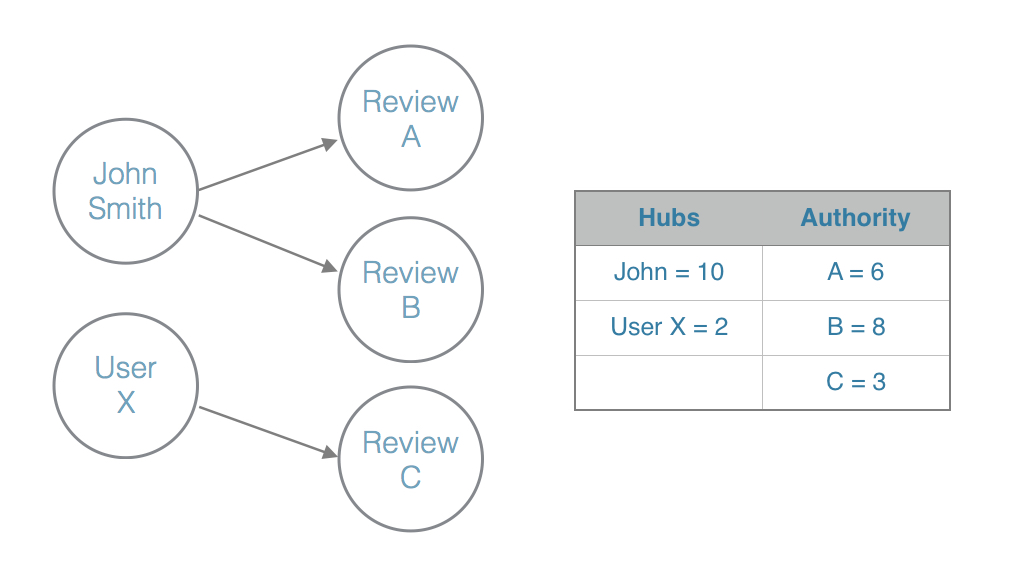Howl, Cry, Shout, Yelp
This article from Yelp explains roughly how the company sorts the heaps of reviews they get from users every day. They describe their recommendation software by comparing it to recommendations traveling by word of mouth. A person that asks their friends about a new restaurant will consider several factors in the responses, including the number of reviews and the integrity of the reviewers. Yelp’s software does this analysis of reviews for the user. It sorts through incoming reviews and recommends the ones that it thinks will be the most valuable. What does Yelp consider a valuable review? A review written by an active member of the Yelp community is seen as more valuable than a review from the user that has given the website little information about themselves and doesn’t write reviews often. Yelp tries to promote these “valuable” reviews while classifying others as “not recommended.” This “not recommended” category includes reviews by favored customers (i.e. family and friends), reviews that appear to be paid for by a business, and “unhelpful rants and raves.” Yelp’s continuously-updating software also boasts a completely automated, and therefore objective, system.
Now, this is all fine and dandy, but how does this relate to a Networks course at Cornell? Well, first of all, Yelp’s method of sorting reviews by ranking reviewers and their submissions is very similar to page ranking. Treating the reviewers as hubs and the reviews as authorities, we begin to see a setup that is very similar to that of a web search page rank. In this case, not all hubs necessarily start out at the same score. Yelp gives more credence to users that have given them more information about themselves. Authorities can also be ranked before they have been updated. Reviews that appear to be overly positive or negative may be given a lower original authority score while reviews with quality information are given a higher score. Since the authorities in this case are reviews written by users, they can only receive authority from one hub. A review can only be written by one user, while a user can write multiple reviews. Therefore, a review can only receive authority from their respective hub (reviewer). The more reviews a reviewer writes, the higher hub score they can potentially receive from all of their reviews. If a review is written by a “good” reviewer, it can receive a higher authority score (in which case Yelp would “recommend” this review). Since Yelp is continually receiving new reviews and new users, the recommendation software has to continuously update its rankings of reviews and reviewers as its data changes.
Another idea that Yelp illustrates is the concept of network-based decisions. A Yelp user might look at past reviews to make a decision about where they’re going to take their business, so they get to sequentially observe past “decisions” before they make their own. They are essentially estimating the conditional probability that the business is good given the reviews posted on Yelp. Using Bayes’ Rule, this conditional probability is equal to the product of the conditional probability of good reviews given a good business and the probability of a good business over the probability of good reviews. The user can also differentiate between information-based effects and direct benefits by sorting the reviews either based on average review score or by total number of reviews. For an example of the information-based effects, consider a new restaurant in town that has only three reviews, but all of them are five stars. Based on that information, one might conclude that the restaurant has good food and that is the cause of these positive reviews. On the other hand, consider a club that has a rating of only four stars but it has one hundred reviews. A user can infer from the quantity of reviews that this is a frequented club which therefore has the direct benefit of attracting the crowd.
We’ve talked a lot about the users in the context of this online business rating system, but what about the businesses? On the one hand, a business can have negative reviews that are out on the internet for the world to see and on the other hand, they can have positive reviews that draw in customers that they might not have attracted otherwise. More publicity is great, but what can a business do about negative reviews? It only takes a couple of negative reviews to create an information cascade in which these original reviews cause potential customers to believe that the business is truly bad. Because Yelp does not allow businesses to pay to have negative reviews taken down, this might be incentive for businesses to keep tabs on their reputation in social media before an information cascade begins. Their other option is to address the criticisms that come up in the negative reviews and in order to maintain their reputation.
Source: http://officialblog.yelp.com/2013/11/yelp-recommended-reviews.html

